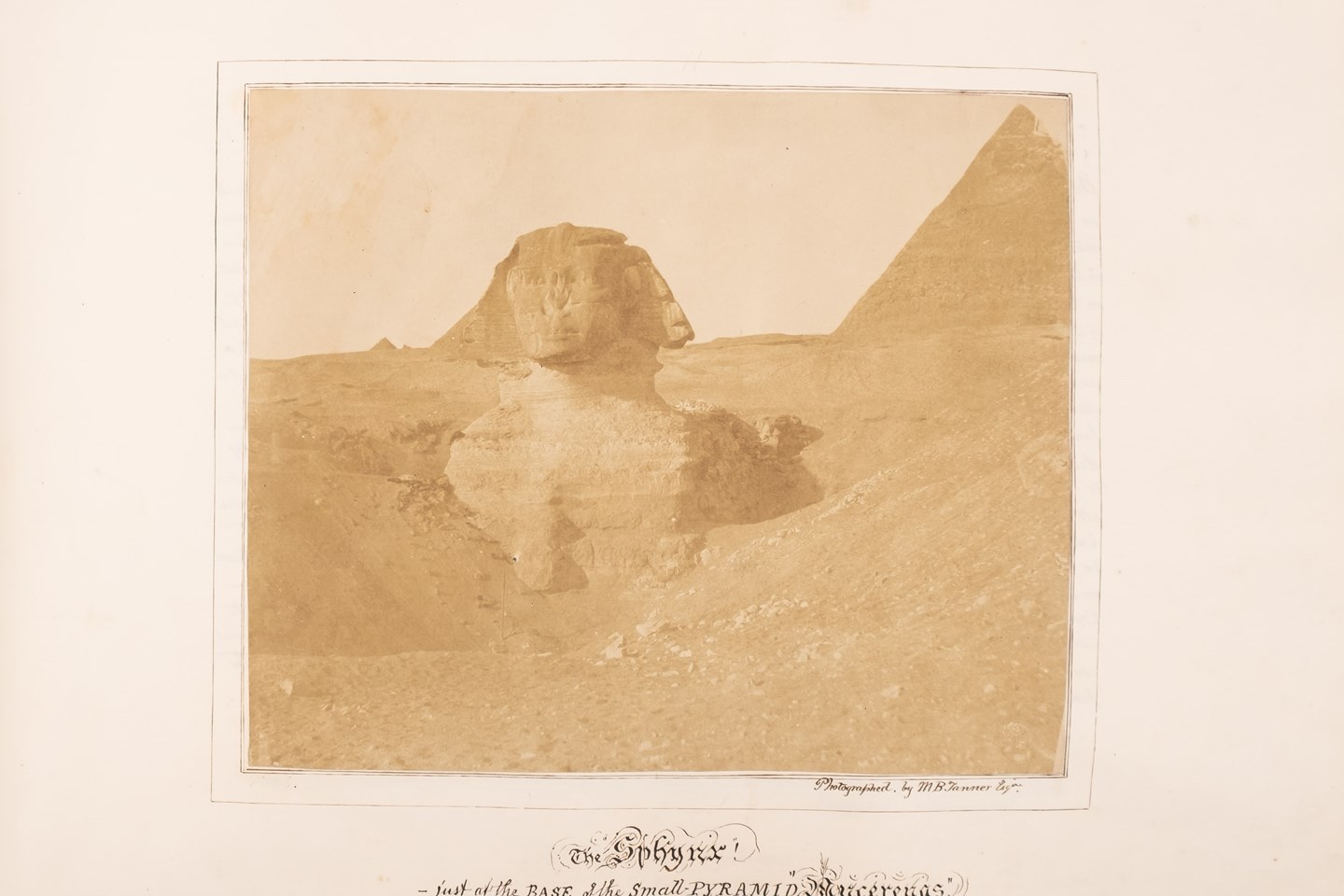Whilst Chinese porcelain was widely available during the 1750’s and their patterns and decoration were familiar to all, Japanese on the other hand was much less available after the policy of ‘sakoku’ or closed country. Little wonder then that Bow followed Chelsea (and Meissen, St Cloud and Chantilly) in using Japanese decoration to satiate the demand for the ‘real thing’.

A Chelsea 'raised anchor' 1752-53 saucer with Kakiemon inspired decoration (FS17/61)
The Kakiemon palette proved to be very popular, but whilst the colours used were broadly similar, rather than following the typical sparse and asymmetric decoration, Bow, and less so Chelsea, couldn’t help but produce busier patterns for the domestic market.

A Bow porcelain dish decorated in the Kakiemon manner circa 1755 (FS17/33)
The archetypal Bow pattern, in the Japanese idiom, though has to be the Two Quails pattern, although prized as fighting birds, admired for their pugnacious character and courage they do seem to appear in a rather sentimentalised fashion as a couple of fluffy footballs in an idealised landscape, but always within a dense and narrow leafy band. The Two Quails pattern certainly struck a chord at Bow as by the mid 1750’s it was recorded as their best seller.

A Bow porcelain dish in the Two Quails pattern circa 1760 (FS17/23)







